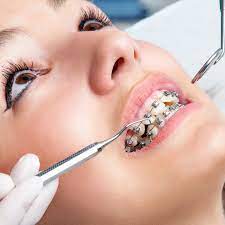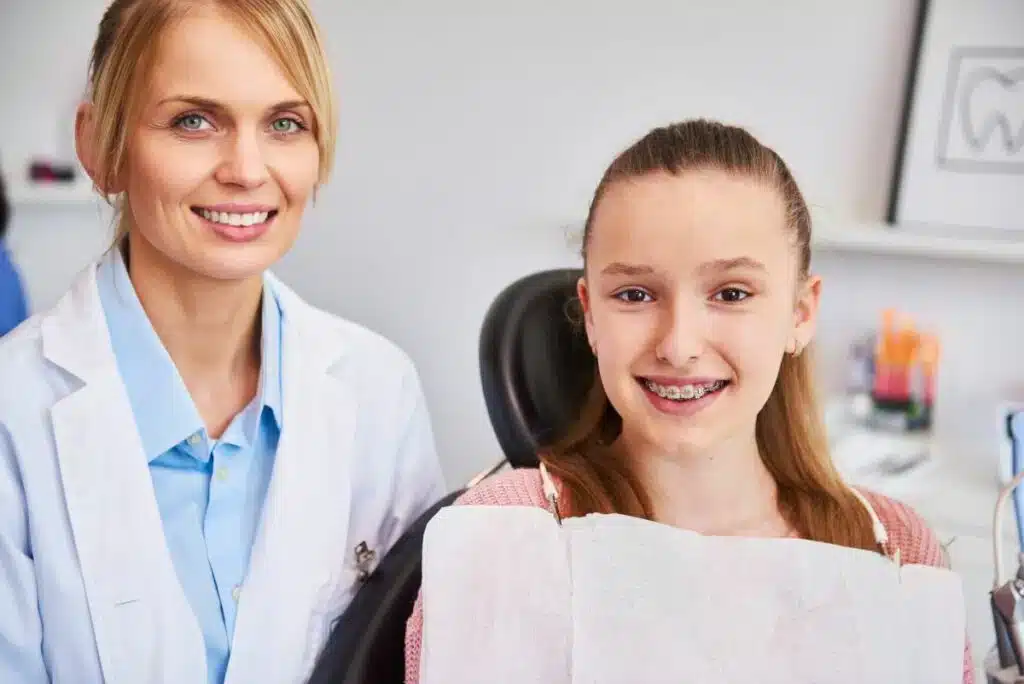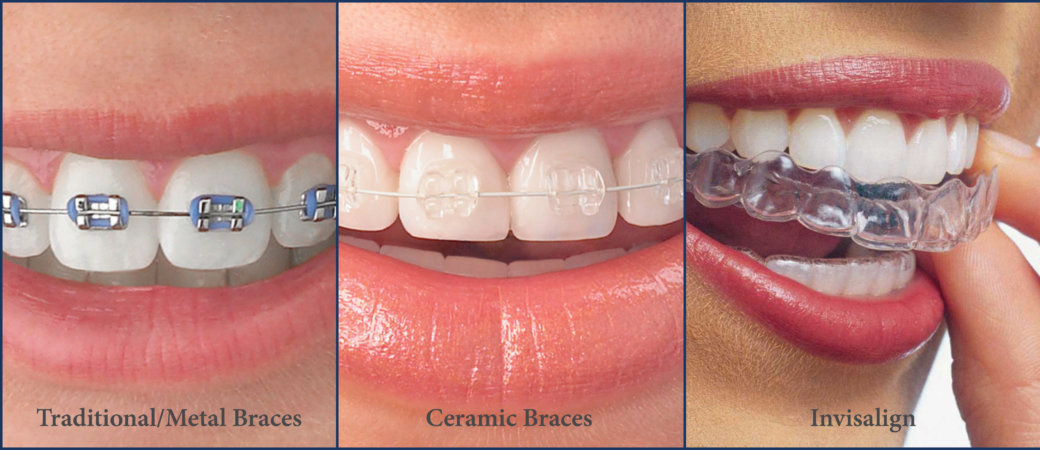Examine This Report on Causey Orthodontics
Table of ContentsCausey Orthodontics for BeginnersSome Known Factual Statements About Causey Orthodontics How Causey Orthodontics can Save You Time, Stress, and Money.The Main Principles Of Causey Orthodontics Causey Orthodontics Things To Know Before You Buy
Overlooking occlusal relationships, it was typical to get rid of teeth for a variety of oral problems, such as malalignment or overcrowding. The principle of an undamaged dentition was not widely valued in those days, making bite relationships appear unnecessary. In the late 1800s, the principle of occlusion was vital for developing trustworthy prosthetic substitute teeth.As these principles of prosthetic occlusion progressed, it came to be an important tool for dental care. It remained in 1890 that the job and impact of Dr. Edwards H. Angle started to be felt, with his payment to modern-day orthodontics especially notable. At first concentrated on prosthodontics, he taught in Pennsylvania and Minnesota before routing his attention in the direction of oral occlusion and the therapies required to preserve it as a typical problem, hence becoming called the "dad of modern orthodontics".

The idea of ideal occlusion, as postulated by Angle and incorporated into a category system, enabled a shift towards treating malocclusion, which is any type of variance from regular occlusion. Having a complete set of teeth on both arches was highly searched for in orthodontic therapy due to the need for precise partnerships in between them.
The Single Strategy To Use For Causey Orthodontics
As occlusion became the vital top priority, face percentages and aesthetics were disregarded - orthodontist near me. To accomplish perfect occlusals without making use of external pressures, Angle proposed that having perfect occlusion was the ideal method to get optimum face aesthetic appeals. With the passing of time, it came to be rather noticeable that even an outstanding occlusion was not ideal when considered from a visual viewpoint
Charles Tweed in America and Raymond Begg in Australia (that both researched under Angle) re-introduced dentistry extraction into orthodontics throughout the 1940s and 1950s so they can improve facial esthetics while likewise making certain better stability worrying occlusal relationships. In the postwar period, cephalometric radiography begun to be used by orthodontists for determining changes in tooth and jaw setting triggered by development and treatment. It became noticeable that orthodontic therapy could readjust mandibular advancement, resulting in the development of practical jaw orthopedics in Europe and extraoral force measures in the United States. These days, both functional appliances and extraoral devices are used around the globe with the purpose of modifying development patterns and forms. Consequently, pursuing real, or at the very least enhanced, jaw connections had actually ended up being the primary goal of treatment by the mid-20th century.
Facts About Causey Orthodontics Uncovered
 The American Journal of Orthodontics was created for this objective in 1915; before it, there were no scientific goals to follow, neither any precise category system and brackets that did not have functions. Till the mid-1970s, braces were made by covering metal around each tooth. With innovations in adhesives, it ended up being possible to rather bond steel braces to the teeth.
The American Journal of Orthodontics was created for this objective in 1915; before it, there were no scientific goals to follow, neither any precise category system and brackets that did not have functions. Till the mid-1970s, braces were made by covering metal around each tooth. With innovations in adhesives, it ended up being possible to rather bond steel braces to the teeth.This has actually had meaningful effects on orthodontic therapies that are administered regularly, and these are: 1. Correct interarchal relationships 2. Appropriate crown angulation (suggestion) 3.
The advantage of the style depends on its bracket and archwire combination, which requires only minimal wire bending from the orthodontist or clinician (emergency orthodontist near me). It's appropriately called after this feature: the angle of the slot and density of the bracket base inevitably figure out where each tooth is situated with little demand for additional manipulation
The Main Principles Of Causey Orthodontics
Both of these systems used the same braces for each and every tooth and demanded the flexing of an archwire in three airplanes for locating teeth in their preferred placements, with these bends dictating best placements. When it pertains to orthodontic devices, they are split right into two kinds: removable and fixed. Removable appliances can be tackled and off by the client as called for.

Thus, nearly all contemporary fixed appliances can be considered variants on this edgewise device system. Early 20th-century orthodontist Edward Angle made a significant contribution to the world of dental care. He developed 4 unique home appliance systems that have been used as the basis for many orthodontic therapies today, preventing a couple of exemptions.
Facts About Causey Orthodontics Uncovered

The wire finished in a thread, and to relocate onward, a flexible nut was made use of, which enabled for a boost in area. By ligation, each private tooth was connected to this large archwire (orthodontist near me). Due to its limited series of motion, Angle was not able to achieve precise tooth placing with an E-arch
These tubes held a soldered pin, which might be repositioned at each visit in order to move them in area. Dubbed the "bone-growing device", this device was supposed to urge much healthier bone growth as a result of its possibility for transferring pressure directly to the origins. Nevertheless, implementing it verified bothersome in truth.